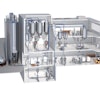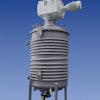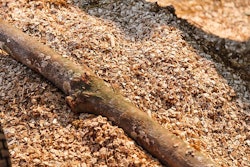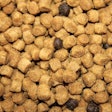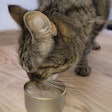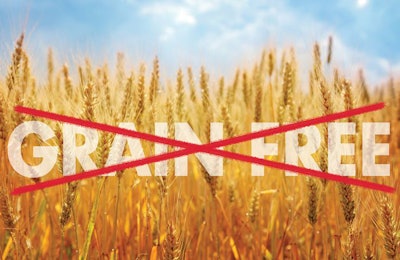
Since humanization became a key influence on pet food some 15 years ago, it has played out in numerous product development trends and cycles. Arguably, the poster child has been grain-free pet food.
The original purveyors of grain free did a great job of noticing trends and concerns among pet food and human food consumers (including ones arising from the 2007 melamine-related pet food recalls) and responding with products to meet those concerns. With human food, think gluten-free and paleo diets, which translated – at least in consumers’ minds – to grain-free and “ancestral, from the wild” pet foods. The new category also played well to pet owners who believed their pets suffered from dietary allergies.
Granted, some pets have legitimate sensitivities or intolerances to certain ingredients; one of my cats definitely does better on grain free. Yet numerous studies have shown that few dogs or cats have true food allergies, and most intolerances lie with proteins, not grains. Similarly, no studies have proven that grain-free pet foods are better nutritionally for dogs or cats than are ones with grain-based ingredients.
Regardless, grain-free pet food caught on like wildfire among pet owners, capturing about 25% of the U.S. market and spreading globally. The expansion often was fueled by demonization – at the hands of “Dr. Google” and pet food companies themselves – of traditional, grain-based ingredients.
Which makes for great irony given the U.S. pet food scene today: namely, the growing backlash against grain-free pet foods, driven by the Food and Drug Administration’s (FDA) investigation into a possible link between them and recent, atypical cases of canine dilated cardiomyopathy (DCM).
In response – again, pet food brands are usually good at responding to consumer concerns and demands – several companies launched new pet foods and toppers at SuperZoo in August 2019 featuring claims such as “grain friendly,” “grain in,” “whole grains” or “ancient grains.”
The irony is that the potential link between DCM and grain-free pet foods is no more established or scientifically proven than was the original concept that grain free was better for pets. In fact, my colleagues who attended SuperZoo reported that representatives of some companies launching the new grain-inclusive products said they would have preferred to wait for FDA’s investigation results as to actual causes, but they had consumers, retailers and veterinarians clamoring for alternatives to grain free. Which presented a market opportunity and a new wave of product development. What goes around comes around.

